Vauxhall Helicopter crash: Heliport raised safety fears
- Published
Helicopter crash report
A heliport operator raised concerns about flying close to a high-rise building in south London before a fatal helicopter crash, a report has said.
The Air Accidents Investigation Branch (AAIB) said the operator of the London Heliport questioned the effect of the building development in Vauxhall.
The pilot and a pedestrian were killed when the aircraft crashed into a crane on the morning of 13 January 2013.
The AAIB said the pilot did not see the crane or it was "too late to avoid it".
The report added that despite the heliport operator raising concerns in 2009, it "does not appear to have led to further discussion or action".
'Pilot unaware'
The Agusta 109 helicopter struck the jib of a crane attached to a building development at St George Wharf and crashed into the street.
Julian Firth, principal inspector from the AAIB, said: "The investigation found that the pilot was probably unable to remain continuously clear of cloud as the helicopter approached Vauxhall Bridge and probably unaware of the helicopter's proximity to the building.
"He didn't see the crane or saw it too late to avoid it."
He added the pilot's decision to continue to the London Heliport despite the weather conditions may have been a contributing factor.

Pilot Pete Barnes, 50, a father of two from near Reading, and pedestrian Matthew Wood, 39, of Sutton, south London, were killed.
Twelve other people on the ground were injured and cars and buildings were also damaged.
Darren Wood, the brother of Mr Wood, said: "The report is what it is, it just tells us how the accident happened.
"I lost my brother and my best friend and there is nothing that will change that."
Rule five of the CAA Rules of the Air Regulations requires that aircraft should be flown no closer than 500ft (152m) to any structure.
The helicopter struck the crane at a point where it was separated from the building by 105ft (32m), the investigators said.
The AAIB report concluded: "The pilot flew too close to the building not because he misjudged 500ft separation but because he either did not see the building or because he disregarded rule five."
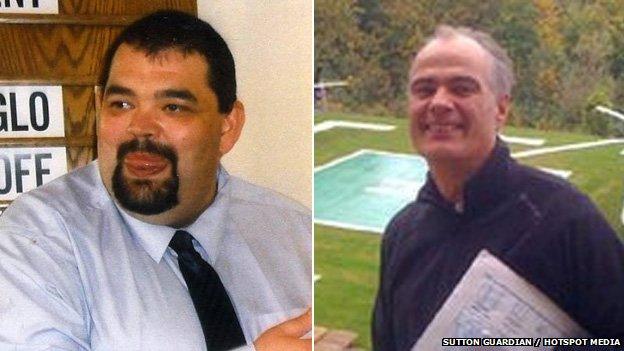
Pedestrian Matthew Wood and pilot Pete Barnes were killed in the crash
The report made 10 recommendations, including changes to the way obstacles were notified to the Civil Aviation Authority (CAA).
Currently there is no requirement for local planning authorities to notify the CAA when granting planning permission for obstacles more than 300ft high when those obstacles are outside safeguarded areas.
Mr Firth said: "The AAIB has recommended improvements in the way obstacles are notified to the regulator so that their effect on aviation factors can be considered and before the planning permission is granted on the case of new developments."
- Published4 March 2013
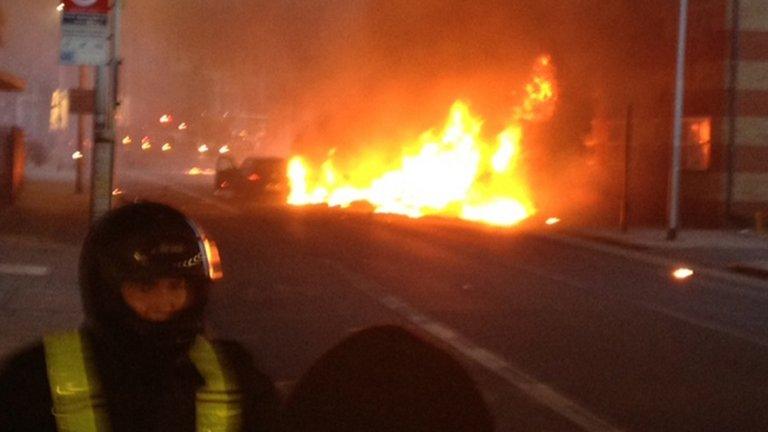
- Published4 March 2013
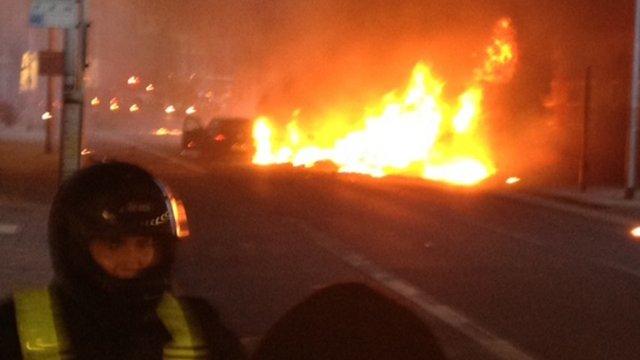
- Published9 February 2013

- Published22 January 2013
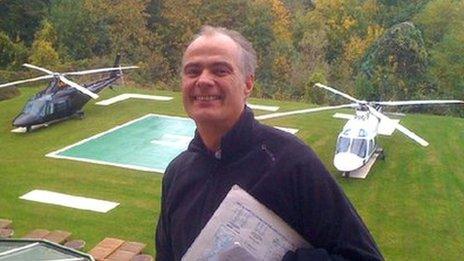
- Published23 January 2013
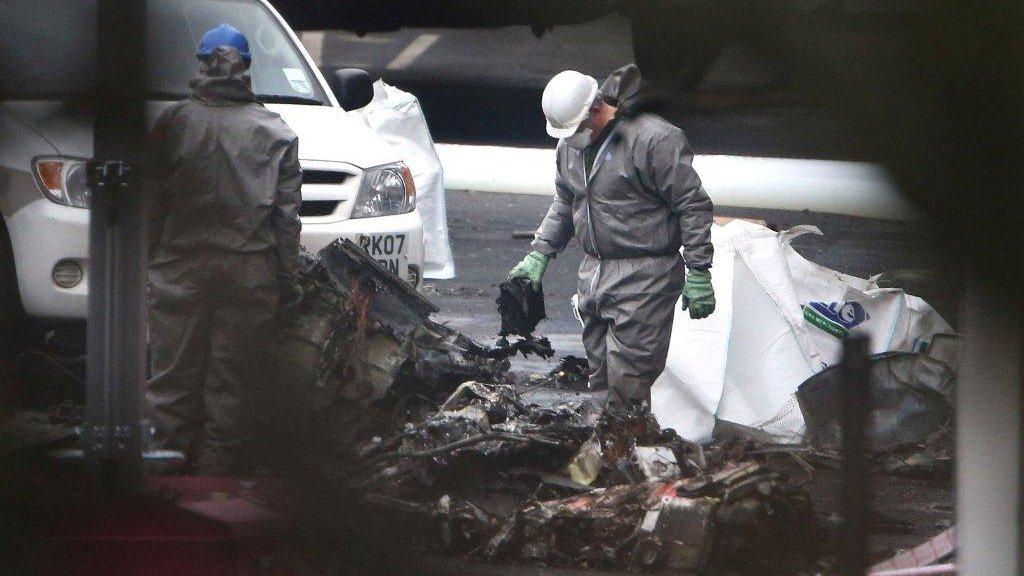
- Published16 January 2013
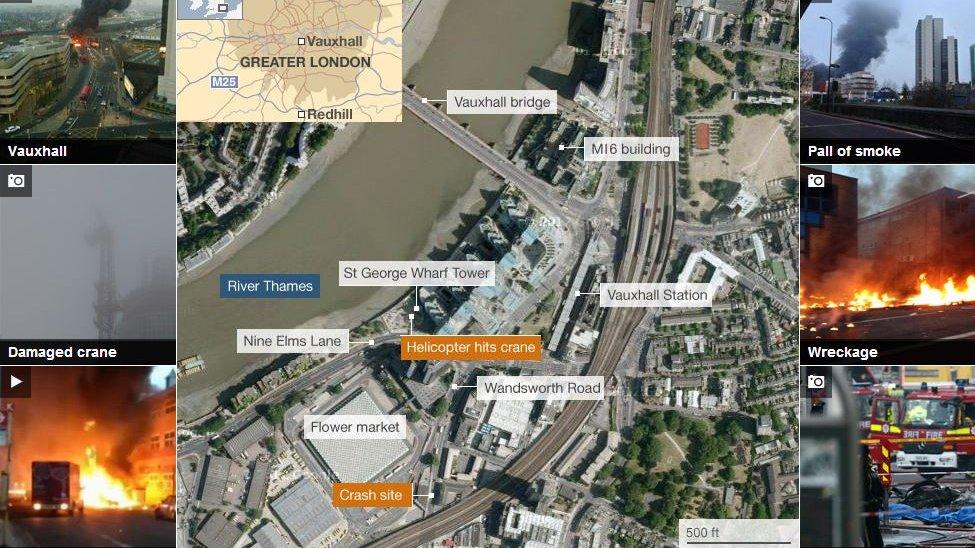
- Published16 January 2013

- Published16 January 2013

- Published16 January 2013
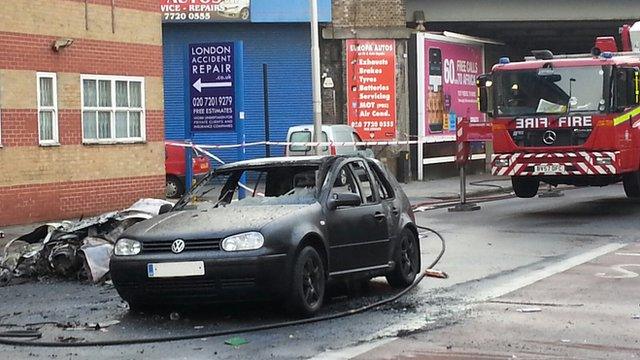
- Published16 January 2013

- Published16 January 2013
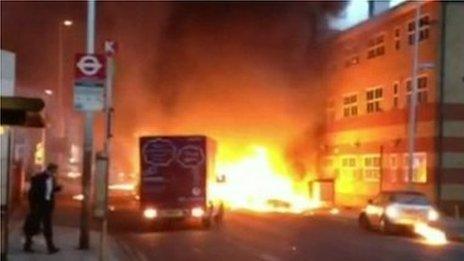
- Published16 January 2013